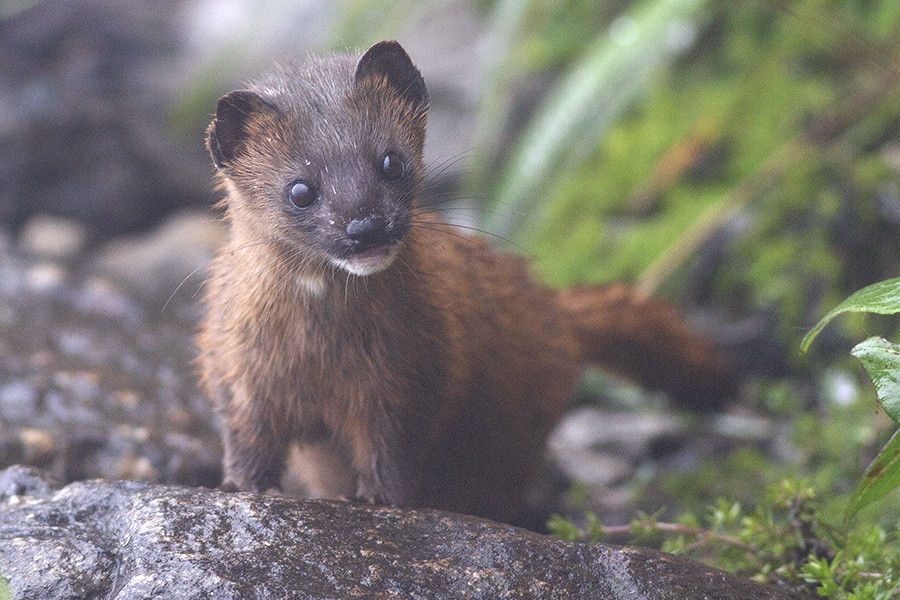Siberian weasel
A species of Weasel Scientific name : Mustela sibirica Genus : Weasel
Siberian weasel, A species of Weasel
Scientific name: Mustela sibirica
Genus: Weasel
Content
Description General Info
 Photo By Dibyendu Ash , used under CC-BY-SA-4.0 /Cropped and compressed from original
Photo By Dibyendu Ash , used under CC-BY-SA-4.0 /Cropped and compressed from original Description
Siberian weasels have long, stretched out bodies with relatively short legs, but are more heavily built than solongois, stoats and least weasels. Their heads are elongated, narrow and relatively small, and their ears are broad at the base, but short. Their tails represent half their body length. Siberian weasels are much larger than stoats and solongois, and almost approach ferrets and minks in size. Adult males are 28–39 cm long, while females reach 25–30.5 cm. The tail in males reaches 15.5–21 cm in length, while that of females reaches 13.3–16.4 cm. Males weigh 650–820 g, while females weigh 360–430 g. Exceptionally large individuals have on rare occasions occurred in the Baraba steppe. The skull is in several respects intermediate in form between that of the stoat and the mink ; it is longer and larger than that of the stoat, but is somewhat more flattened than the mink's. Their winter fur is very dense, soft and fluffy, with guard hairs reaching 3–4 cm in length. The underfur is dense and loose fitting. Siberian weasels are monotone in colour, being bright reddish-ocherous or straw-red, though orange or peach tones are sometimes noticeable on the skin. These tones are especially bright on the back, while the flanks and underbelly are paler. A dark, coffee-brown mask is present on the face. Their tails are more brightly coloured than the back, and are fluffier than those of other members of the genus. The lips and chin are white or slightly ochreous. The front of the muzzle is darker than the remaining parts of the head. 
General Info
Lifespan
6-10 years
Diet
Siberian weasel predominantly feasts upon small prey such as rodents, birds, and insects, displaying a preference for voles and shrews. Seasonally, it also incorporates fruits and berries into its diet to complement its protein intake.
Appearance
Siberian weasel is a small, slender carnivore with a long, flexible body. Its dense fur is dark brown on the back and lighter on the belly. A white mark is noticeable on the lower lip and chin. Siberian weasel has a bushy tail and rounded ears. Males are slightly larger than females, but there are no significant markings differentiating age groups or subspecies.
Behavior
Siberian weasel exhibits primarily nocturnal behavior with an omnivorous diet. Known to be a solitary animal, territorial boundaries are established by marking with scent. Winter nests are situated underground, while summer nests are typically found in tall grasses. Its survival adaptations include keen senses of hearing and smell.
Population
Stable
Scientific Classification
Phylum
Chordates Class
Mammals Order
Carnivores Family
Mustelids Genus
Weasel Species
Siberian weasel